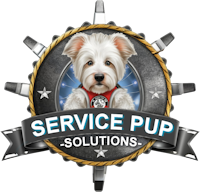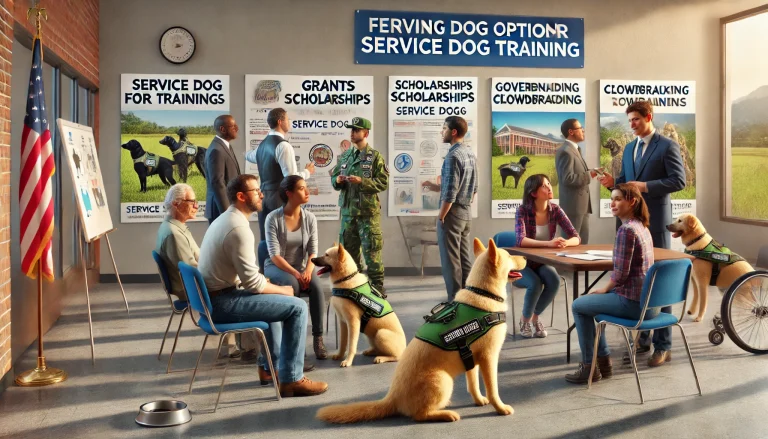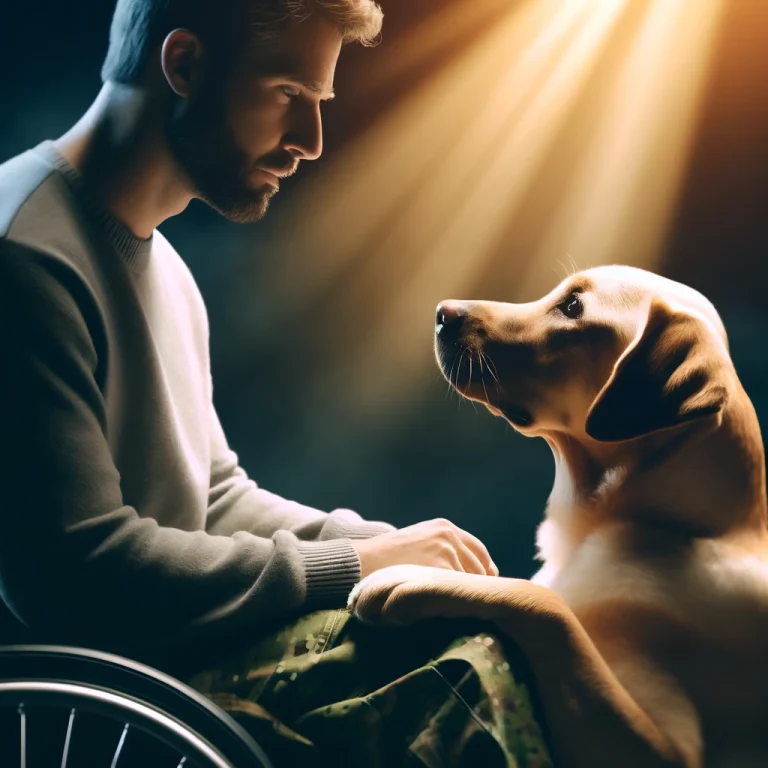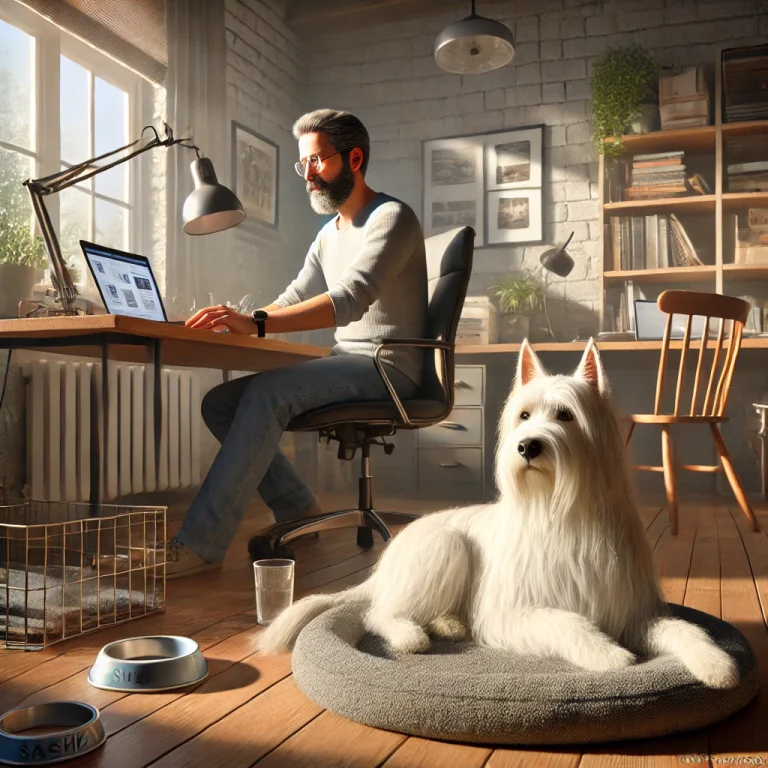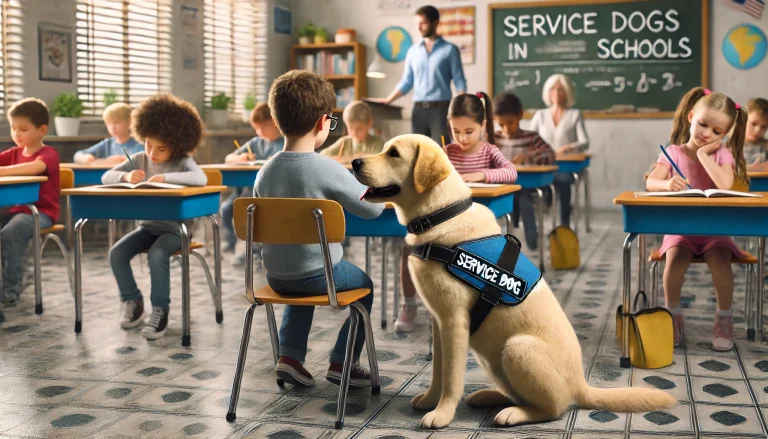Service dogs play a vital role in the lives of many individuals with disabilities. Understanding how to interact with these dogs in public spaces is crucial for maintaining their effectiveness and the comfort of their handlers. This blog post delves into the etiquette and best practices to follow when encountering service dogs in public.
1. Recognize Their Role:
First and foremost, it’s important to recognize that service dogs are not pets. They are trained to perform specific tasks for individuals with disabilities, such as guiding the blind, alerting the deaf, or assisting those with mobility issues. Acknowledging their role helps in understanding their importance and the need for uninterrupted focus while they are working.
2. Interaction Guidelines:
When you see a service dog in public, resist the urge to pet, feed, or distract it in any way. Distractions can interfere with their training and focus, potentially putting the handler in danger. Always ask the handler for permission before interacting with the dog, and respect their decision if they decline.
3. Giving Space:
Service dogs require space to work effectively. When in public, give them and their handlers a wide berth. This is especially important in crowded places like supermarkets, restaurants, or on public transport.
4. Educating Children:
Teach children to understand that service dogs are working and are not to be disturbed. Encourage them to admire these dogs from a distance and explain the importance of their job.
5. Handling Misconceptions:
If you encounter people who are unaware of the role of service dogs, take the opportunity to educate them. Share the significance of these dogs and why it’s important to respect their space and role.
Conclusion:
Service dogs are invaluable in assisting individuals with disabilities. By following these etiquette guidelines and best practices, we can all contribute to a more inclusive and supportive environment for both the dogs and their handlers. Remember, respect and understanding are key when it comes to service dogs in public.
For assistance with self-training a Service Dog, Click Here
